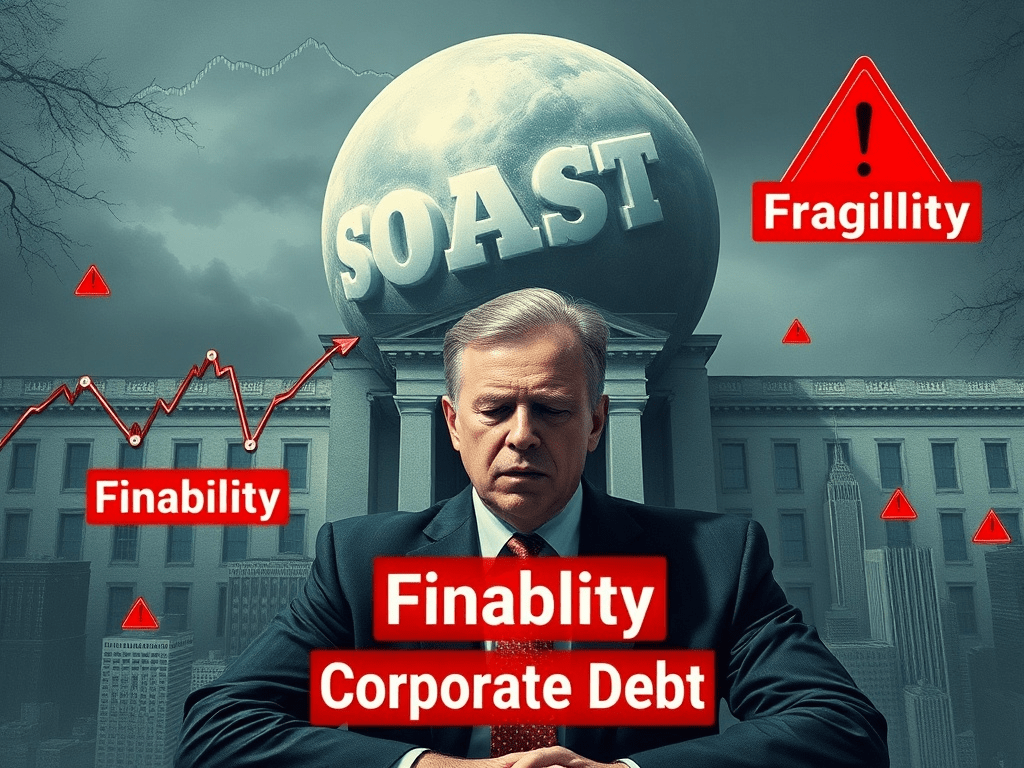The minutes from the Federal Reserve's monetary policy committee meeting in July showed that the U.S. financial system still faces 'notable' levels of fragility, with risks concentrated primarily in asset price inflation and rising corporate debt burdens.
Although the financial conditions of American households appear relatively strong – with the debt-to-GDP ratio falling to its lowest level in two decades – the picture in financial markets looks gloomier, as the gap between consumption strength on one hand and rising risks in financial markets on the other is widening.
An asset bubble looms on the horizon
The minutes indicated that stock valuations are at concerning levels; the price-to-earnings ratio of the S&P 500 has reached historically high levels, while the earnings yield has fallen to 3.7%, lower than the yield on three-month U.S. Treasury bills at 4.22%, reflecting a clear inversion in the yield curve.
In the bond market, the spreads between high-risk bonds and safe bonds have dropped to historic lows, indicating that markets are ignoring the possibilities of defaults. The commercial real estate sector stands out as one of the most acute areas of vulnerability, with default rates on office mortgage bonds rising to 11.1%, surpassing even the levels seen during the 2008 crisis.
Corporate debt under scrutiny
Bankruptcy filings among large companies rose to 446 cases in the first seven months of 2025, a 12% increase compared to the COVID-19 pandemic period, with the industrial and consumer goods sectors recording the highest bankruptcy rates in 15 years. The default rate on high-yield bonds increased to 5.8% during the first half of the year.
Regional banks are facing severe pressures as the default rate on commercial real estate loans reaches 4.65%, the highest in ten years, while the potential capital shortfall for these loans is estimated at around $4.1 trillion.
Divisions within the Federal Reserve
The document also revealed unprecedented discrepancies among central bank officials. Both Christopher Waller and Michelle Bowman supported the interest rate cut, marking the first time since 1993 that these officials have adopted the same stance in this direction. In contrast, opinions differed on the impact of tariffs; some members viewed them as a threat that could increase inflation, while others warned that the labor market is now in a 'fragile zone'.
The minutes warn that any interest rate cut could amplify the asset bubble, while maintaining high levels may exacerbate the corporate debt crisis.
Anticipation for Powell's speech in Jackson Hole
As the Jackson Hole Economic Symposium approaches, investors are awaiting a speech from Federal Reserve Chair Jerome Powell next Friday for clearer signals regarding monetary policy directions and their potential direct implications for global financial markets.
#Federal_Reserve #American_Economy #Jackson_Hole

